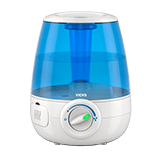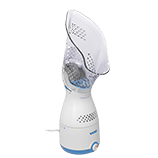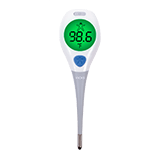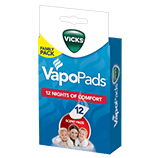
- Products
- Resources
-
-
Vicks products are available for purchase online and in-store at most major retailers.
-
-
- Support
-
-
VICKS SUPPORT
View product-specific FAQs & videos
-
-
- Products
- Resources
- SUPPORT
- Warranty Registration
- Contact Us
The Surprising Benefits of Using an Air Humidifier for Better Health and Comfort
The importance of maintaining optimal indoor humidity levels cannot be overstated, as research has shown that air humidity plays a crucial role in our overall health and comfort. According to a report by the Environmental Protection Agency, low humidity levels—typically below 30%—can lead to respiratory problems, dry skin, and increased susceptibility to infections. An air humidifier is an effective solution that can significantly enhance indoor air quality by adding moisture to the air, thereby alleviating dryness and promoting better respiratory health. Furthermore, a study published in the Journal of Environmental Health indicated that maintaining humidity levels between 40% and 60% can reduce the spread of viruses, ultimately contributing to a healthier environment. Given these findings, the use of an air humidifier emerges as a simple yet powerful tool for improving wellness at home.
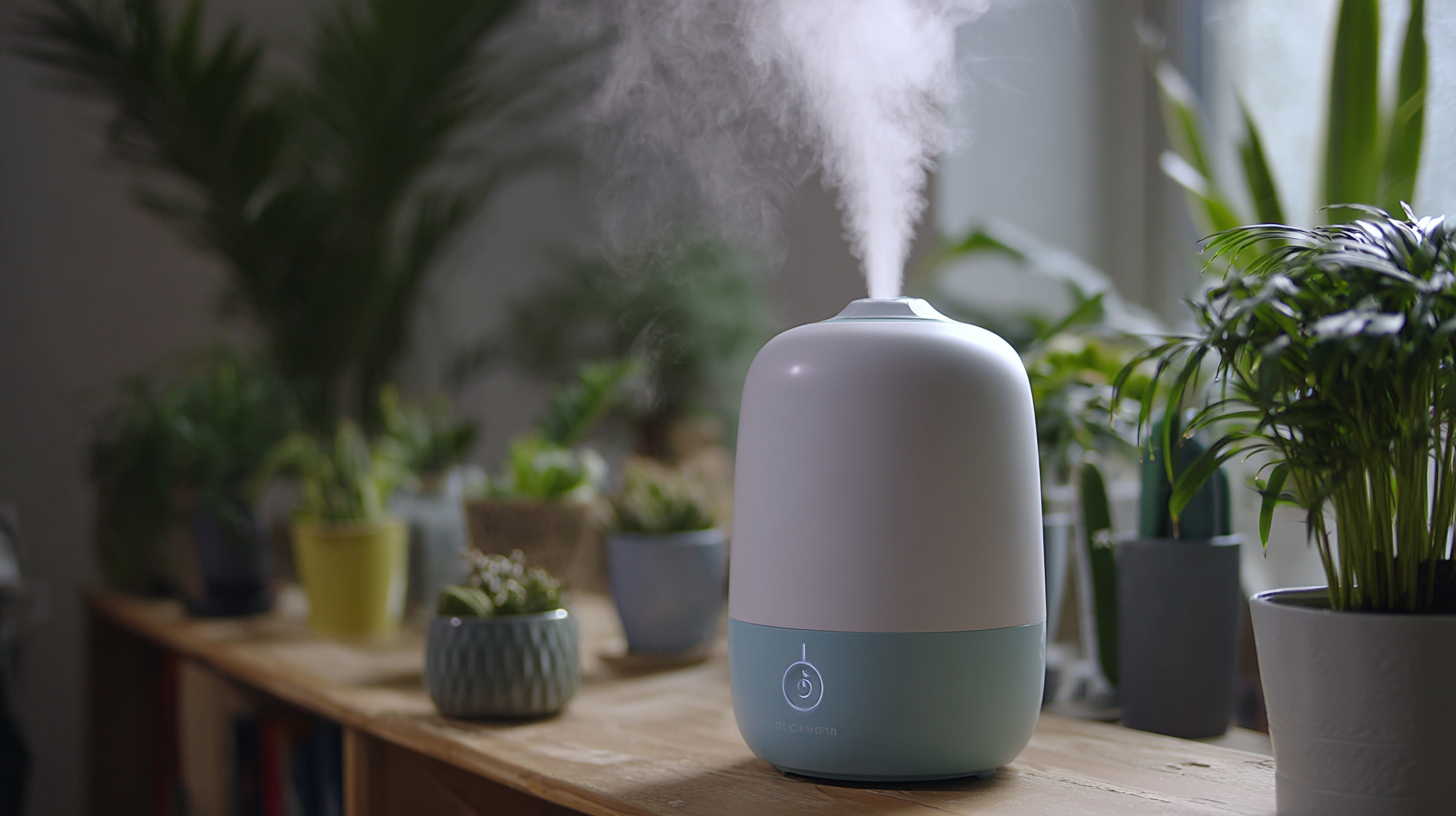
Understanding Air Humidifiers and Their Functionality
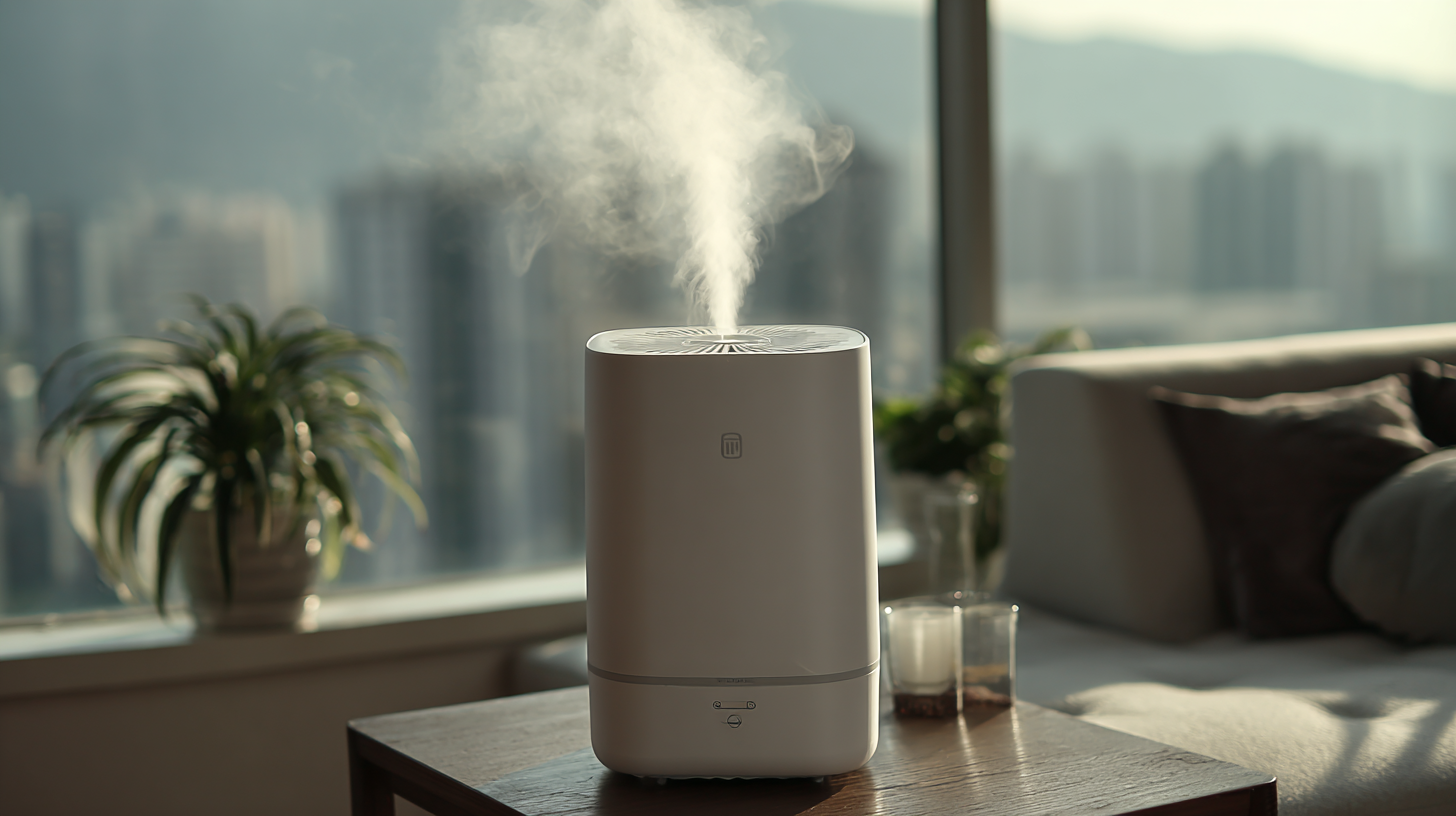 Air humidifiers play a crucial role in creating a comfortable indoor environment by maintaining optimal humidity levels. According to the Environmental Protection Agency (EPA), indoor humidity should be between 30% and 50% for optimal health and comfort. Humidifiers work by adding moisture to the air, which can alleviate dryness in the skin, eyes, and respiratory tract. The National Institute of Health reports that proper humidity levels can significantly reduce the incidence of respiratory infections and other health issues, as dry air can irritate mucous membranes and exacerbate allergies.
Air humidifiers play a crucial role in creating a comfortable indoor environment by maintaining optimal humidity levels. According to the Environmental Protection Agency (EPA), indoor humidity should be between 30% and 50% for optimal health and comfort. Humidifiers work by adding moisture to the air, which can alleviate dryness in the skin, eyes, and respiratory tract. The National Institute of Health reports that proper humidity levels can significantly reduce the incidence of respiratory infections and other health issues, as dry air can irritate mucous membranes and exacerbate allergies.
Tips for maximizing the benefits of your air humidifier include using a hygrometer to monitor humidity levels, ensuring regular cleaning to prevent mold growth, and placing the humidifier in areas where you spend the most time, such as bedrooms or living rooms. It's also beneficial to choose a humidifier that fits your specific needs, such as ultrasonic or evaporative types, each contributing differently to your indoor air quality.
Research from the American Academy of Pediatrics highlights that maintaining appropriate humidity levels can improve sleep quality, especially in children, as dry air can lead to snoring and discomfort. By investing in a quality air humidifier and following best practices for use, you can enhance your indoor air quality and contribute positively to your overall health and well-being.
Health Benefits of Maintaining Optimal Humidity Levels
Maintaining optimal humidity levels in your home is crucial for promoting better health and comfort. Dry air can lead to issues such as dry skin, chapped lips, and respiratory discomfort. Using an air humidifier can effectively combat these problems by adding moisture back into the environment, especially during the winter months when indoor air tends to be drier. The ideal indoor humidity level is between 30% and 50%. Keeping your home within this range can help reduce the incidence of colds and allergies, improve sleep quality, and enhance overall well-being.
Tips: When using a humidifier, ensure that you clean it regularly to prevent mold and bacteria buildup. Also, consider using a hygrometer to monitor indoor humidity levels for optimal performance. If you notice excessive humidity above 60%, it might be beneficial to use a dehumidifier to balance the air quality in your home. This dual approach can significantly improve your indoor environment and health.
Investing in a quality humidifier can transform a dry, stuffy room into a comfortable oasis. Many tested models are available that effectively relieve symptoms associated with dry air, such as congestion and dry skin. Select one that is easy to maintain and fits your living space needs for optimal results.
Enhancing Comfort: How Humidifiers Improve Indoor Environments
Using an air humidifier can significantly enhance indoor comfort by maintaining optimal humidity levels, which experts suggest should be between 30% and 50%. A report from the Environmental Protection Agency (EPA) highlights that proper humidity control can help reduce the spread of airborne viruses, such as the flu, as higher humidity levels can inhibit their transmission. In environments where humidity is inadequate, respiratory issues can become more pronounced, making it crucial to manage indoor moisture levels effectively.
In addition to health benefits, humidifiers contribute to overall home comfort by alleviating dry skin, chapped lips, and other discomforts associated with low humidity. The American Academy of Dermatology notes that maintaining proper humidity can help keep skin hydrated and prevent conditions like eczema from exacerbating. Furthermore, the addition of humidity in dry winters can help maintain wooden furniture and floors, reducing the likelihood of cracks and warping. By investing in a quality humidifier, individuals not only promote better health but also enhance the longevity and aesthetics of their living spaces.
The Surprising Benefits of Using an Air Humidifier for Better Health and Comfort
| Benefit | Description | Ideal Humidity Level | Health Impact |
|---|---|---|---|
| Respiratory Relief | Helps ease symptoms of asthma, allergies, and colds by keeping airways moist. | 30% - 50% | Reduces irritation in nasal passages and throat. |
| Skin Hydration | Prevents dry skin and helps maintain moisture levels in the skin. | 40% - 60% | Alleviates conditions like eczema and dermatitis. |
| Comfortable Sleep | Helps maintain an optimal sleeping environment, reducing snoring. | 30% - 50% | Improves overall sleep quality. |
| Reduced Risk of Infections | Higher humidity levels can decrease the survival rate of viruses. | 40% - 60% | May lower the likelihood of flu and cold outbreaks. |
| Improved Indoor Air Quality | Adds moisture to the air, making it easier to breathe. | 30% - 50% | Reduces dust and allergens in the air. |
Choosing the Right Humidifier for Your Needs
When selecting the right humidifier for your needs, it is essential to consider various factors that align with your lifestyle and health requirements. The increasing market demand reflects a growing awareness of the importance of indoor air quality. The humidifier market, valued at approximately $2.10 billion in 2023, is projected to reach $2.22 billion by 2024, indicating a robust interest in these devices. As such, identifying the ideal model for your home involves assessing features like capacity, type (such as cool mist or warm mist), and additional functionalities like smart technology integration.
Given the rising temperatures and shifting humidity levels, especially during the colder months, humidifiers are becoming indispensable—particularly for families with young children. The push toward a healthier living environment has led to innovations in design and technology, with smart humidifiers expected to experience substantial growth, potentially reaching $3.0 billion by 2030. For consumers, this means a wider range of options tailored to improve air quality and overall comfort in the home environment, ultimately enhancing health and well-being.
The Surprising Benefits of Using an Air Humidifier for Better Health and Comfort
Tips for Maintaining Your Humidifier for Optimal Performance
Maintaining your air humidifier is crucial not only for ensuring optimal performance but also for reaping the numerous health benefits associated with proper humidity levels. According to the Environmental Protection Agency (EPA), maintaining indoor humidity between 30% and 50% can significantly reduce the incidence of respiratory ailments and allergies, enhancing overall comfort. Regularly cleaning your humidifier is essential, as stagnant water can promote the growth of bacteria and mold, which can be released into the air and exacerbate health issues. A systematic cleaning routine should include washing the tank and components with a vinegar solution at least once a week.
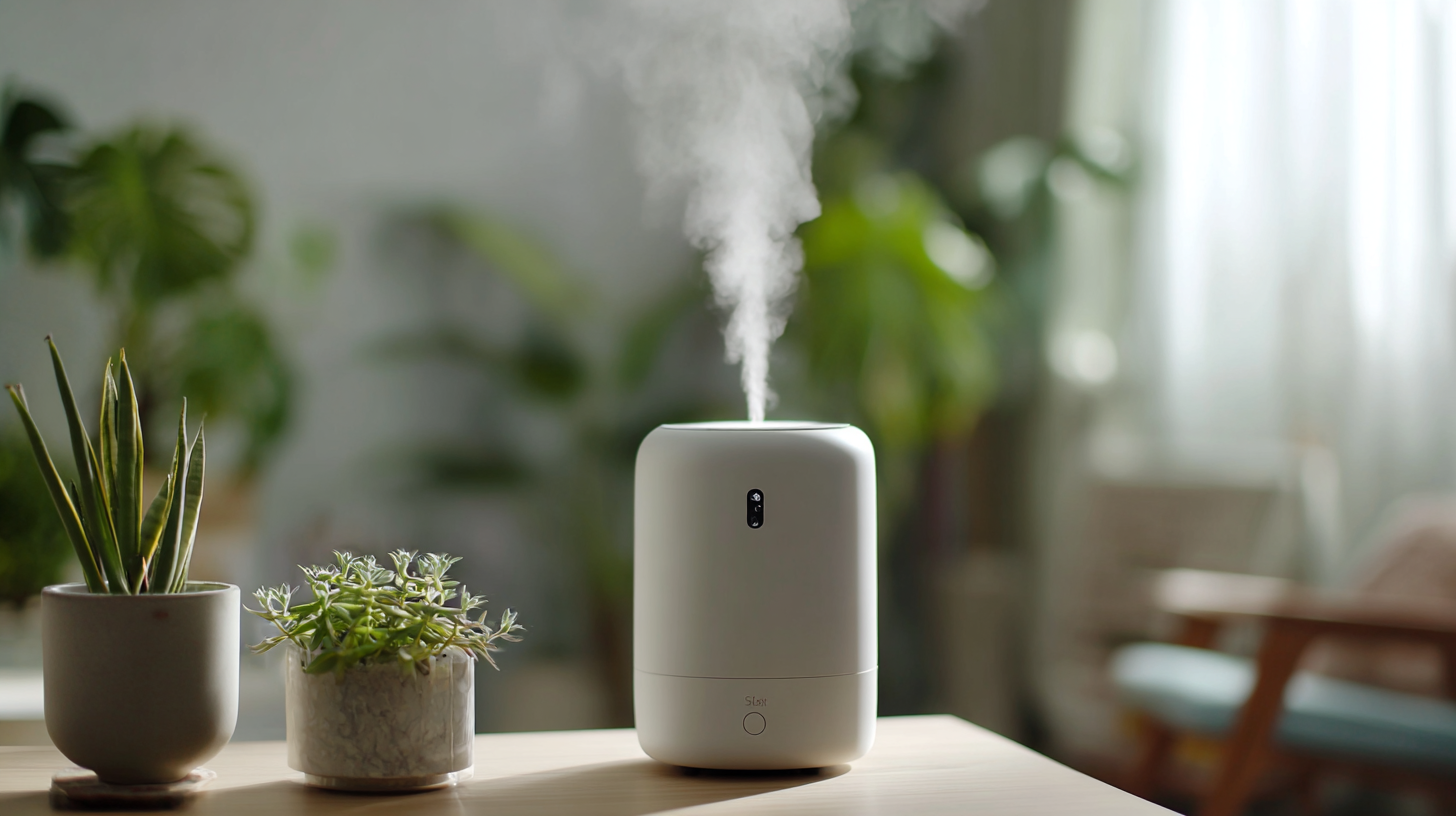
Additionally, using distilled or demineralized water can minimize the buildup of minerals in your humidifier, which the American Lung Association notes could contribute to respiratory irritation. The Consumer Product Safety Commission recommends replacing the filter according to the manufacturer’s guidelines to ensure your device operates effectively. Monitoring humidity levels with a hygrometer can also help manage your indoor environment. Keeping an eye on your humidity will ensure that it stays in the optimal range, maximizing the benefits of your humidifier.
Related Posts
-

Top Strategies for Choosing the Best Cool Mist Humidifiers for Your Home
-
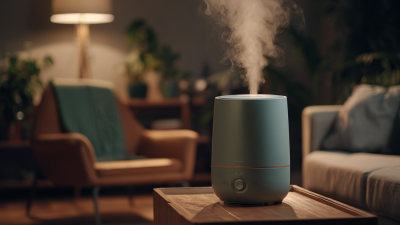
How to Choose the Best Cold Air Humidifier for Your Home Environment
-
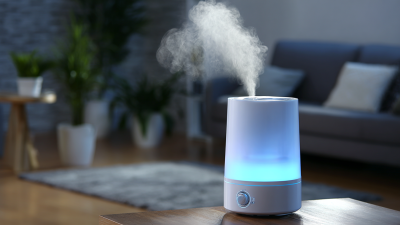
How to Choose the Right Cold Water Humidifier for Your Home
-

The Benefits of Using an Air Mist Humidifier for Optimal Indoor Air Quality
-
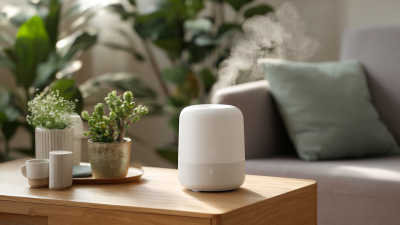
How Air Mist Humidifiers Transform Your Home Into a Healthy Oasis
-

How to Choose the Best Air Humidifier for Optimal Indoor Comfort




